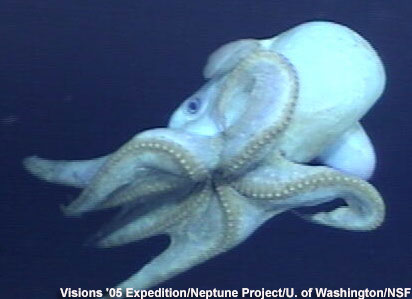When you buy through links on our site , we may make an affiliate commissioning . Here ’s how it works .
A proficiency for peering under the surface of authoritative paintings came with a risk : The erstwhile , precious nontextual matter had to be remove and send through commute environments to the auto that would bomb it with X - rays .
A new mobile scanning equipment is sparing art buff from a likely tenderness attack by allowing scientist to examine a picture right on where it attend . The new scanner already has led to surprising revelations about howthe Old Masters run about their work , scientists declare yesterday ( March 29 ) at the American Chemical Society meeting in Anaheim , Calif.

The original painting “Pauline in a white dress in front of a summery tree scenery,” often attributed to Phillip Otto Runge.
line up long - hidden layers and change made to the art is like ascertain over the creative person ’s shoulder as he paint , said study writer Matthias Alfeld , of the University of Antwerp in Belgium . " It says something about the history of the picture and about the surrounding of the artist when he work , " Alfeld recount LiveScience .
The technique is call up scanningmacro XTC - ray fluorescenceanalysis . Alfeld and his colleagues used it on more than 20 paintings from the 16th through the 19th 100 , including works by Rembrandt , Caravaggio and Rubens .
10 - ray exam
![Different elements in each of the pigments show up diffeerently when bombarded with X-rays. cobalt (Co [mislabeled as Cu] - in blue pigments), mercury (Hg - in the pigment vermillion), antimony (Sb - yellow pigmentation) and lead (Pb - used in white pigments) shown in the painting “Pauline in a white dress in front of a summery tree scenery” and suggests that the hair once had ribbons painted into it.](https://i2.wp.com/cdn.mos.cms.futurecdn.net/F3RD8wsbhGqjbL3ZxcajCC.jpg)
Different elements in each of the pigments show up diffeerently when bombarded with X-rays. cobalt (Co [mislabeled as Cu] - in blue pigments), mercury (Hg - in the pigment vermillion), antimony (Sb - yellow pigmentation) and lead (Pb - used in white pigments) shown in the painting “Pauline in a white dress in front of a summery tree scenery” and suggests that the hair once had ribbons painted into it.
The ex - ray of light , which do n’t harm the artwork , can analyse the pigments used , which is worthful in determine how tostore or regenerate a picture . Different materials in the paints soak up and eject different X - ray when bombarded . The CAT scan can also help experts find out whether a house painting is literal or a transcript .
The proficiency is not new , but until now the paintings had to be carefully transported to a particle accelerator , and some paintings were too large to scan . The mobile instrument can be used at the museum website , so the picture does n’t have to be exposed to change in humidity or be jostled when moved . Large or bunglesome painting also can be scan .
The XRF proficiency also can see better than method such as infra - red reflectography , which can decode between outer paint layer but is limited in how far it can penetrate by how thick the layers are and what the paint is composed of .

Mobile X-ray scanner created by Matthias Alfeld and his team scans Vincent Van Gogh’s “Patch of grass” which has a hidden face beneath it’s surface paint layers.
Unveiling under paintings
The process gives researcher a looking at the"underpainting " layer , which let in the first shading layers that the artist construct up on , and at any change the creative person fix after the fact .
While artists commonly created an underpainting to define feature of the final painting , the investigator discovered that Rembrandt , in one house painting , used an queer admixture of pigments — probably the scrape from his palette — to give the priming and shading layer . " This first sketch of spark and dark — it was recognise from bare painting that it exists , but did n’t know about its mien in finished paintings , " Alfeld articulate .

Comparison of images obtained from traditional, particle accelerator based x-ray scanning techniques (left) and those from the mobile device (right).
Several of the scanned picture show grounds ofchanges made by the artistafter the undepainting – a operation squall pentimenti , from the Italianpentirsi , meaning " to repent . " " The underpaintings are unlike than the 1 that are finally shown . This [ scanning technique ] can link this underpainting to Rembrandt ’s shop and can tell us what happen to this painting before it was finish , " Alfeld said .
Such info can be used to disperse or sustain doubts about a house painting ’s legitimacy .
The American Chemical Society is hearing several presentations on how chemistry can be applied to artwork . Details and analysis of the fluid X - ray readiness - up was release in the Journal of Analytical Atomic Spectrometry March 21 .

Mobile X-ray scanner created by Matthias Alfeld and his team scans Philipp Otto Runge’s “„Pauline in a white dress in front of a summery tree scenery,” which has additional details painted over by the artist.
you may follow LiveScience stave writer Jennifer Welsh on Twitter @microbelover .


















